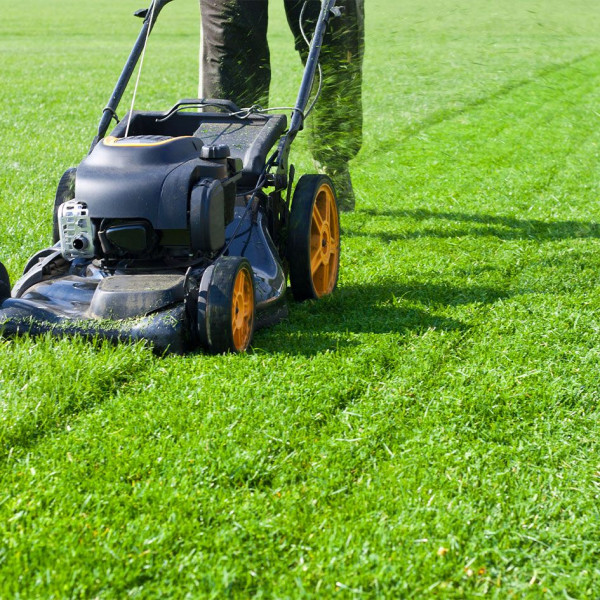
PLANT OF THE WEEK
Botanical name: Viburnum tinus
Common name: Laurustinus or Laurustine
Origin: Mediterranean region
Height: 2-4m, spread 2-3m.
Form: Dense, erect, large shrub with foliage to the ground
Leaves: Glossy dark green above, paler green beneath, simple, ovate-oblong or oblong, opposite, 50-75mm long, 30-40mm wide
Flowers: Tight clusters of pink buds open to form small, white, slightly fragrant flowers in clusters to 75mm from June to September
Fruit: Blue-blackberries 3-5mm diameter (summer)
Propagation: Seed and cuttings
Where will it grow? This plant will grow in rich, heavy, moist, acidic or alkaline soils It will tolerate full sun and heavy shade but loves partial shade.
Comments: Best used as an informal hedge, or specimen plant within a garden bed. It doesn’t work well as a lawn specimen. Great plant to screen a shed or give you a bit of privacy along a fence line without getting too big.
Looking after: Keep soil moist, but not wet. If sandy soil, add well composted materials in late summer to enrich the soil as mulch. Don’t cultivate around roots, as they are fibrous surface feeders and get set back if over tilled.
Lightly prune to keep shape after flowering and try not to hedge into a uniform block.
BRINGING YOUR LAWN BACK TO LIFE
Take advantage of moisture levels to bring lawns back to life. Autumn is the best time of the year to do this.
* Do a PH test on your lawn to determine if the soil is Acidic or Alkaline. PH test kits can be obtained from most nurseries, hardware stores, and garden centres.
* Most lawn grasses best grow between the ranges of 6.5 to 7 (7 is neutral)
* Soils with a pH of less than 6.5 are acidic and require the addition of Lime. This is in the form of granulated agricultural lime. This can be applied directly onto the grass and watered in, normally after mowed or other works have been completed.
* Soils with a PH higher than 7 need to have elemental sulphur, sometimes sold as flowers of sulphur.
* Now we have the pH sorted, check for weeds, diseases and any creepy crawlies living on your lawn. One that loves our soil is cock chaffer beetle. It eats the roots and is easy to find by digging a couple of test holes in your lawn to see if a little white grub exists. If yes, there is a chemical you can buy from garden supplies to apply to lawn to get rid of it.
* If weeds are present there are a variety of products that will selectively eradicate them, or you can just dig them out.
* Next step is to de compact the lawn area and open it up to breath and take in moisture and nutrients more readily. You can do this by scarifying and hollow tinning the whole lawn area. Using either a machine or just forking the area to a depth of 75mm/3 inches. Make sure you know where the irrigation system or any underground services are prior. If you can’t do any of this, just pull a steel rake across the matted surface of the root section to de thatch old roots and dead grass. I have had some success using microorganisms to decompose lawn thatch and fertilise at the same time (worm juice) when applied the micro-organisms get busy converting all the old dead layer of grass into an organic material that will decompose and help the soil to grow a lovely crop of new grass.
* Once all the thatch and other debris have been removed, you can apply lime for acidic soils or flowers of sulphur for alkaline soils. Or if the PH is 6.5 to 7, just add some slow release fertiliser to the lawn area evenly and water in.
* Keep lawn moist, but not wet. If watering at night, try to ensure grass isn’t sitting cold and wet for too longer periods and have some form of irrigation that can be used to de-ice lawns if heavy frosts occur.
* Lawns need to be drained or have adequate falls to shed excess water without pooling.
– Horticulturist Tom Fagan runs Tara Landscaping in Red Cliffs.








